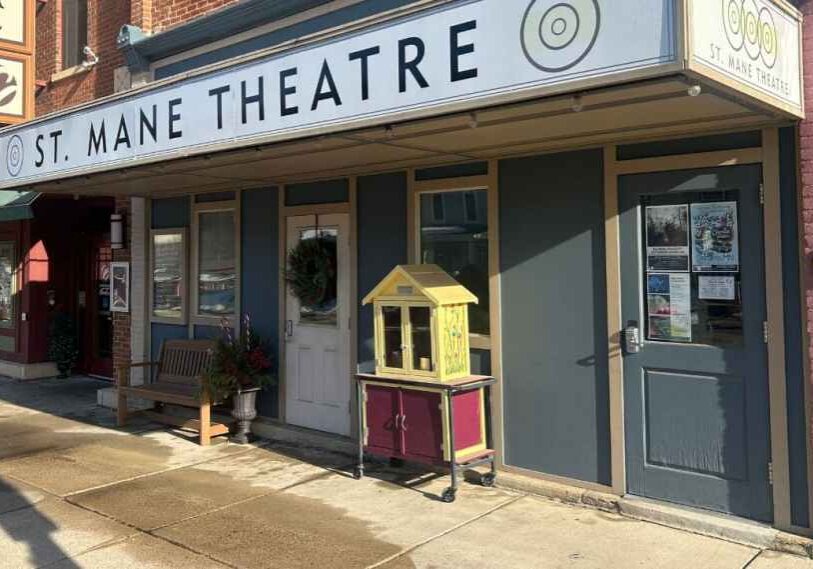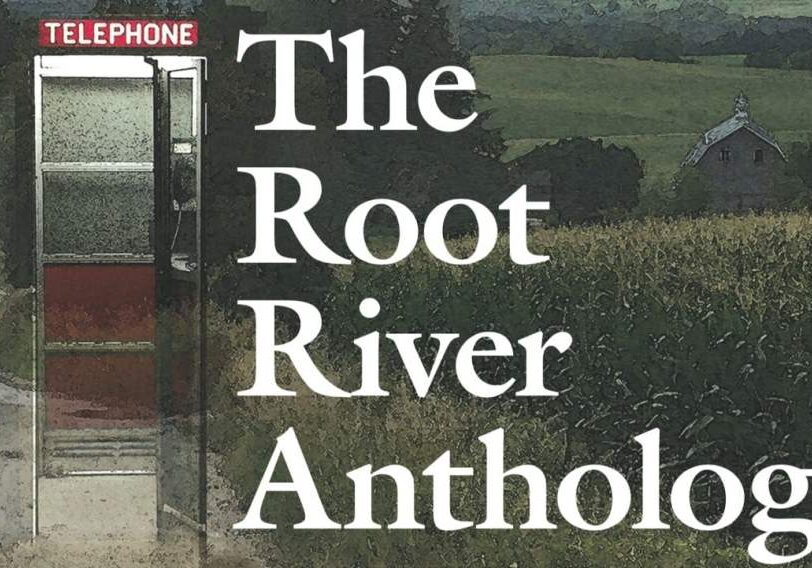Ephemeral Wildflowers Blanket The Woods — Quick, Look Now!

CANTON TOWNSHIP, FILLMORE COUNTY — A spectacular spring show appears briefly in the woodlands of the Driftless region. Not very many people see it. Woodland wildflowers briefly blanket the forest floor with their unique colors, showy forms and fragrances. Or, they may modestly hide in their own perfect little habitats, only seen by those who love the hunt. In either case, spring ephemeral plants must be stalked in their own moment of time, because their life is fleeting, and they are doomed to quickly disappear, until the next spring comes along.
Whether showy or delicate, common or rare, all woodland spring ephemerals work under the seasonal clock of the forest. Deciduous trees dominate the environment from summer to fall to winter. The fully leafed out summer canopy results in virtually no sun reaching the ground, which is followed by fall when soils cool, and then the snows of winter lock in frozen soils.
Thus there is only one opportunity for these wildflowers to shine, and that is in the brief time of early spring, with full sunshine pouring through the bare branches of the forest.
Ephemeral means short-lived and transitory—which is exactly the opportunity these tough plants have been exploiting for millennia. Ephemerals have to sprout and grow, flower and pollinate, then set their seeds during their short lives in the sun, only to die back as quickly as the trees leaf out in May.
Sometimes I think I love these beauties all the more because I know I can’t see them again for another year. I imagine the ephemeral wildflower roots simply hiding underground for eleven months of the year.
Enjoy a few of my beloved spring ephemerals. Then grab a wildflower field guide and head to any undisturbed forest to see what you can find before the forest shades them out.
Notes on Ephemeral Wildflowers
White Trout Lily. This early bloomer forms massive colonies of bulbs, including large areas that don’t flower. The leaves emerge imitating little trout with their form and mottled coloring. Soon a single stem arises from the pair of leaves and reveals a creamy white flower. All the flowers open in the morning, facing down on a dreary day, or raising the petals back and up in the sun. The flowers close up completely at night.
Wild Leeks, or Ramps. Loving the deep shade of woodlands, Ramps can form large colonies of lush emerald green leaves in very early spring. From red stems, two or three leaves arise from an underground bulb. For a few weeks, the aroma of onions accompanies hikers through the woods. Then, the emerald green leaves quickly turn yellow and die back, as the onion bulbs stay hidden under the earth.
Months later in August we find what look like naked onion flowers rising up from the invisible ramp roots. The flowers form fruit in glossy black capsules each containing one seed. It took me years to connect those separated events of green ramps, white leafless flowers and dry seed pods opening in fall.
Ramps have been badly over harvested in many areas of the country, and have become a pricey food delicacy. Even in the Root River area, state parks and overused areas have been reduced to a single ramp leaf here and there.
Shooting-star. This jewel is rarely seen, but coming upon a large cluster on a rocky ridge forms a truly stunning memory.
Squirrel Corn. It is said that this wildflower is named for the yellow roots resembling grains of yellow corn. However, it is so rare that I can’t imagine anyone would have the nerve to disturb the roots. This treasure has been documented as rare in Minnesota, and I have been lucky enough to find it on our land several times. MN DNR reports Squirrel Corn is now at risk from invasive earthworms. The garden variety of large pink bleeding hearts looks similar but is native to Asia.
Rue-Anemone. Don’t confuse False Rue Anemone with the similar leaves of this delicate Rue-Anemone, which has a single stem with a whorl of pink or sometimes white flowers.
Nodding Trillium. These striking three-leaved plants carry a single modest white flower on a dangling stalk. Sometimes the flower is actually under the leaves, but the broad leaves will signal a closer look.
Large-flowered Bellwort. This cheerful clump of stems grows quickly to form a bouquet of pendant yellow hanging flowers. Each leaf will open to completely surround the main stem and reveal their parallel veins. Later, the flower reveals a three-part seed capsule, each part containing several seeds, which are simultaneously flung to the earth.
False Rue-Anemone. What a dreary name for the wildflower that can cover large expanses of the forest floor with their snowy-looking flowers. This plant is multi-stemmed with small five-petaled white flowers.
Dutchman’s Britches. This fanciful moniker honors the baggy pantaloons apparently worn by Dutchmen of old. The legs face up, and the waist faces down.
Canadian Wild Ginger. A very dark red single flower lies modestly on the forest floor, under the shade of two heart-shaped softly hairy leaves, which have unfolded like a book. Wild ginger grows in colonies that are spread by rhizomes. Ants provide a mutually beneficial exchange, as the ants disperse the seeds, while the plants provide food to the ants. A shade garden can be planted to grow into a lovely groundcover of wild ginger. This plant is not related to store-bought ginger, although it smells like it. My Googled conclusion is DO NOT consume wild ginger!
…………………
 Contributor
Contributor
Loni Kemp worked for forty years bringing organizations together to create sustainable agriculture, renewable energy and a healthy environment. She gardens and forages at her home near Canton.






